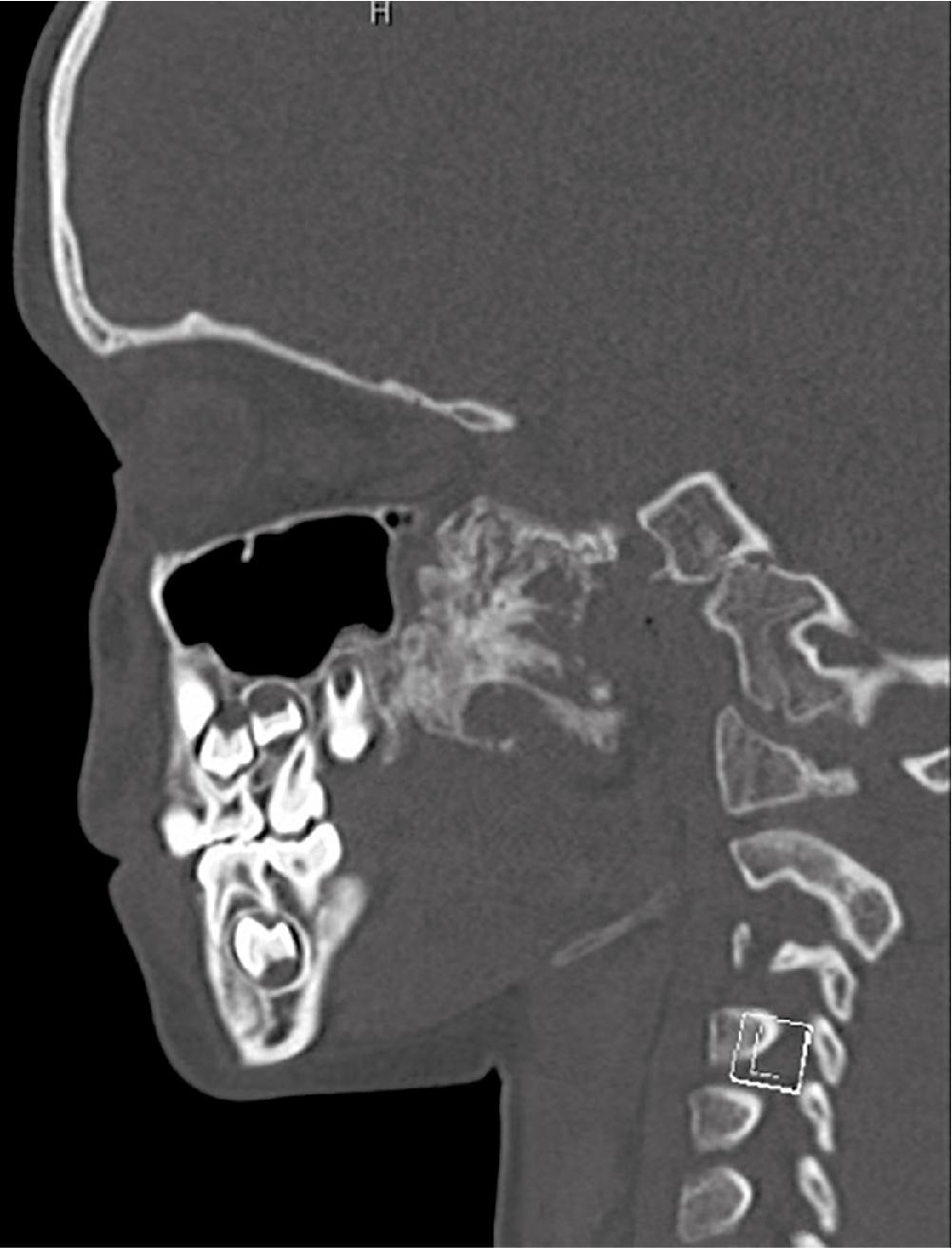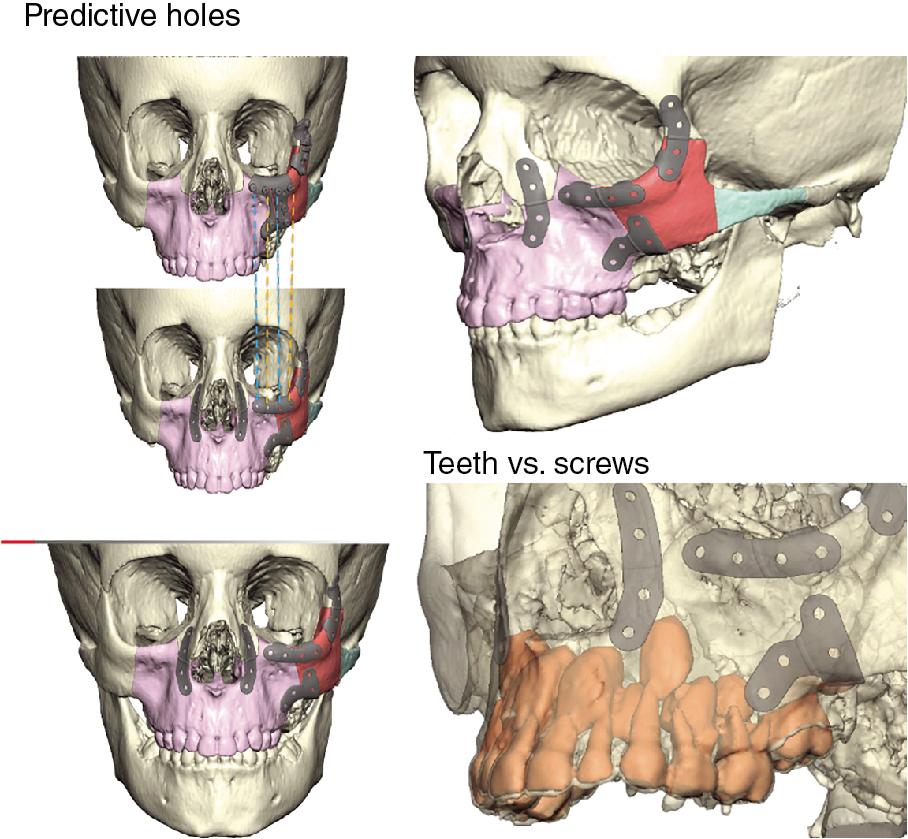Physical Address
304 North Cardinal St.
Dorchester Center, MA 02124
Innovation in three-dimensional (3D)-scanning technology has now enabled all plastic surgeons to have a 3D scanner at their disposal for use in surgical planning. These developments began with innovation in the aviation industry, which translated to innovation in 3D imaging in surgical subspecialties such as craniofacial surgery. The father of craniofacial surgery, Dr. Paul Tessier, and Dr. David Hemmy, a neurosurgeon from Milwaukee, took note of such innovation. Hemmy took a sabbatical year in Adelaide, working with the General Electric (GE) laboratory to develop a functioning 3D scanner. The concept was born of the 3D scans used in the aviation industry to check jet engine rotors for defects. Dr. Hemmy became interested in developing 3D images from CT scans when he met Gabor Herman in 1978. Herman was a mathematician who had been consulting with GE, and Hemmy had been supplying GE with patients for a prototype GE 8800 CT scanner. Together, Herman and Hemmy realized the potential to relate multiple CT slices to each other to develop a 3D image. They proceeded to acquire studies on two patients. The raw data included large magnetic tapes comprising 10 to 15 CT slices which had to be processed overnight by a computer in a room cooled to 10º C. The next morning, the CT images had been related and 3D images were successfully displayed. This process was published by Hemmy and Gabor in 1979. Hemmy and Gabor brought the concept of developing 3D images from multiple CT slices to radiologists, who quickly rejected it. Hemmy was not dissuaded by this reception, as he was interested in offering something new to the field of craniofacial surgery and sought out Dr. Paul Tessier to show him the utility of these images.
Dr. Tessier was very interested in the development of the 3D CT scans, becoming an “agitator” to push them into reality. According to Hemmy, it was immediately apparent that Tessier appreciated the utility of 3D CT images, and this began an obsession by Tessier to perfect imaging by his high standards. For Tessier, the true utility of 3D CT imaging lay not so much in the surgical planning aspect, but in having the tools to completely understand the anatomy of craniofacial deformities. This was the start of a lifelong working relationship between Tessier and Hemmy, the products of which led to innovation and advances in 3D CT imaging. Three-dimensional CT imaging changed craniofacial surgery, but craniofacial surgery also changed the course of 3D CT imaging.
In , we can see Dr. Paul Tessier, changing his scrub shirt and puffing on his morning cigar in the unisex locker room at Clinique Belvedere, musing on the use of x-rays and 3D imaging. He said he never looked at the x-rays before examining the patient, that he had a “3D scanner in his brain,” and that he had done so many cases that he could envision pathology and outcomes as a 3D scanner and ultimately computerized digital planning could ( ![]() ).
).
Although Dr. Tessier never used 3D imaging in practice, he wrote an entire treatise on the topic, and was very interested in potential future applications of 3D imaging and modeling to craniofacial surgery. Application of 3D printing to craniomaxillofacial surgery dates back to the early 1980s using computer numerically controlled milling machines based on CT scans and cutting geometric shapes in polyurethane or Styrofoam blocks. In their 1986 paper, “Three-Dimensional Imaging in Medicine,” Hemmy and Tessier detail their opinions on the subject, which remain relevant today. The discussion highlighted how in the near future, 3D imaging would be required for soft tissues as well as for bones. Without that, 3D was doomed to fail, becoming obsolete and forgotten, because of limited application, high cost, and subsequent “limited cost recovery.” Another salient point was raised in the conclusion: “Three-dimensional imaging developed to a proper level of sophistication will no longer be just a gimmick but rather the most useful clinical tool for anatomic investigation of the living human organism.”
Although computer-assisted planning is now readily available, elevated costs can make computerized digital planning (CDP) prohibitive. The process requires a clinical engineer or someone well trained in the functioning of computers, often one of the members of the surgical team, to perform, and there can be a significant learning curve in mastering the use of different software and equipment. However, CDP can be beneficial for a number of reasons: (1) more thorough and stepwise preoperative planning, allowing for “rehearsal” of a procedure; (2) potential decreased operative time, as less tweaking on-the-fly is necessary during surgery, which may lead to; (3) less cost and morbidity from long surgical times; (4) potential for better teaching and discussion with colleagues. CDP can be particularly useful to understand complex reconstructive surgery, especially when skeletal movements in multiple vectors are required, or when operations are planned for tumors or defects in anatomical regions that are hard to access.
Indications include oncologic resections, posttrauma reconstructions, congenital craniofacial deformities, and facial transplantation, as well as facial feminization procedures. The ability to discuss and envision different skin incisions and osteotomies preoperatively, as well as to obtain cutting guides and prefabricated plates, may be helpful to the novice and experienced surgeon alike. Importantly, cost is a significant consideration. Whether third-party companies are involved or one is to acquire 3D printing and scanning technology, cost-effectiveness of using CDP must be taken into consideration. Although preoperative costs may be higher, (because planning in advance may decrease operating room time and subsequent costs, as opposed to decision making on-the-fly) CDP may prove to be positive from a cost-benefit standpoint (i.e., if this reduces complications and/or the need for further operation/revision). Further studies comparing the costs of craniofacial reconstruction with or without CDP, as well as potential differences in outcomes, are still lacking.
Thorough preoperative physical exam and proper clinical photographs are fundamental for any craniofacial operation, but perhaps even more so when using CDP, when it can be easy to become sidetracked by the apparent facilitation offered by 3D printed or computerized models. CDP is not simply a “follow-the-dotted-line” approach to surgery, but rather a tool to enhance understanding, planning, and execution of complex procedures. Prior to evaluating the CDP, the surgeon should have their own visualization of the problem in their mind, as per Tessier. Excellent clinical photography is also important in patients with visible deformities as well as to plan skin incisions when necessary. Previous plates, incisions, ventriculoperitoneal shunts, tooth roots, and the position of the mental, inferior alveolar and infraorbital nerves must all be taken into consideration. We must remember that CDP is an adjunct and not the principal actor in the surgical process.
Proper cephalometric studies and high-quality dental models are also fundamental; we have found that splints taken by our dental lab are often more faithful to the patient’s true anatomy than those produced by the CDP process. Another aspect that holds true not only for cases involving CDP, but for any craniofacial case involving the teeth, is that there should always be a strong working relationship with the orthodontic team. Patients may require extra hooks placed prior to surgery to have more options for fixation of elastic bands or wires.
CT-based measurements of bone thickness are useful in preoperative planning to ensure good bone purchase with skeletal fixation. This is especially important in patients with cranial defects or those who have previously undergone surgery with mesh reinforcement, in which case adjacent areas of bone should be sought for fixation. The second case example shown in this chapter, a patient with Pfeiffer syndrome, had titanium mesh in the skull as well as cranial bony defects. This is a problem for rigid external distraction (RED) fixation, which requires adequate bone thickness; the CDP demonstrating areas of thicker and thinner bone assists greatly in planning screw placement for the device, not only for safety but also to ensure a good bone anchor from which to distract.
CDP has proven useful in cases of orthognathic surgery planning with some of the segmental osteotomies, or cases where movement will be in yaw, pitch, and rotation, such as with the first patient presented in this chapter, with unilateral condylar hyperplasia, whereas CDP is not necessary for more straightforward cases, (e.g., bilateral sagittal split osteotomy) and most cases of LeFort I maxillary advancement.
Dental stability must be accounted for, as shown in Case example 3 illustrated in this chapter, a patient with multiple orofacial clefts; not only the areas of planned resection, but also adjacent teeth. Areas of concern can be better visualized, especially areas of required resection for bone movements, (i.e., retromolar/pterygoid region). This patient had significant dental root anomalies and additionally required multiple and complex segmental osteotomies with movement in X,Y and Z planes; there was a need to design them in such a way as to maintain a soft tissue pedicle for adequate vascularization.
The surgeon must also account for soft tissue restrictions which may lead to difficulty in plate fixation; although the placement of plates or screws on a preoperative model may look appropriate, it can sometimes be difficult to introduce a drill or screwdriver at the planned angle or location, and intraoperative adjustment may be necessary. It is important for the surgeon to realize, again, that CDP is the adjunct, not the main actor. For example, if a custom plate does not have a good fit, off-the-shelf plates or wire fixation may be necessary and should be planned for accordingly preoperatively. In the case of the patient with the oro-ocular cleft, for example, macrostomia facilitated intraoral access, but in other cases limited mouth opening can restrict access.
Mixed reality can allow one to understand intricate anatomical structures for surgical planning, with improved visuospatial perception owing to the examination of the anatomy from multiple angles ( Figs. 1.1 and 1.2 ). Studies also show better memory recall compared to the traditional two-dimensional screen interface; indeed, virtual reality (VR) has been validated for studying temporal and skull base anatomy with good fidelity compared to cadavers.


Become a Clinical Tree membership for Full access and enjoy Unlimited articles
If you are a member. Log in here